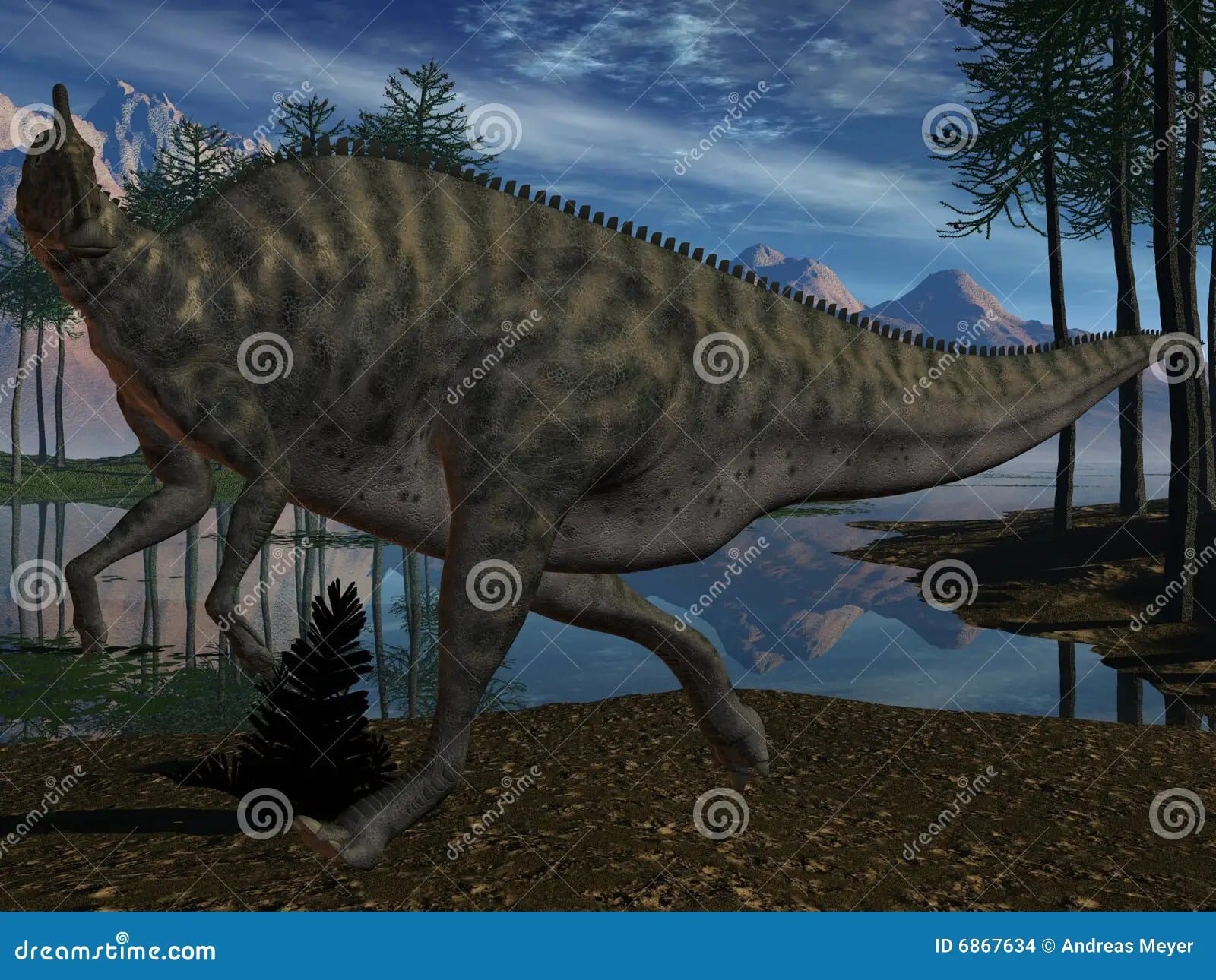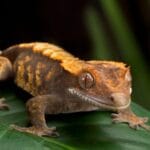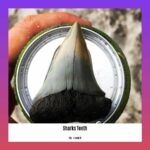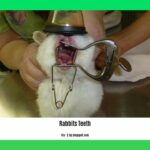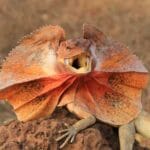Get ready to dive into the captivating world of Saurolophus, the “crested lizard” that ruled our planet millions of years ago! As a member of the famous duck-billed dinosaur family, Saurolophus stood out with its unique headgear and remarkable presence on two continents. Join us on an exciting journey as we explore this dinosaur’s unique features, its tasty plant-based diet, and uncover the secrets that have left paleontologists scratching their heads for decades. Along the way, we’ll compare Saurolophus to its crested cousin, Parasaurolophus, count its impressive number of teeth, and discover its favorite meals. So, grab your magnifying glass and let’s unravel the fascinating story of Saurolophus, a dinosaur that will leave you in awe!
Saurolophus: A Dinosaur Tale of Two Continents
Imagine a dinosaur with a unique bony crest on its head, roaming the Earth millions of years ago. This was Saurolophus, a fascinating creature that has captivated paleontologists with its unusual features and the mystery of its presence on two separate continents.
What’s particularly interesting about Saurolophus is that its fossils have been found in both North America and Asia. This suggests some pretty incredible things about the world back then, hinting at possible land connections between these continents during the Late Cretaceous period. It really makes you wonder how these massive animals were able to travel such vast distances!
The name Saurolophus actually means “ridged lizard,” which perfectly describes its most noticeable characteristic: a prominent bony crest extending backward from its skull. While we can’t ask a Saurolophus directly, scientists have some fascinating theories about this crest. Some think it might have been brightly colored and used to attract mates, like a peacock’s feathers. Others believe it could have been used to make sounds, perhaps to communicate with others in the herd.
Besides its impressive headgear, Saurolophus was built like a true herbivore. Its jaws were equipped with rows of specialized teeth, perfectly designed for grinding down tough plant material. This suggests it spent much of its time munching on the abundant vegetation present during its time.
The first major breakthrough in understanding Saurolophus came in 1911 when a nearly complete skeleton was unearthed in Canada by the famous paleontologist Barnum Brown. Then, discoveries of even more complete skeletons in Mongolia painted a more detailed picture of this impressive dinosaur.
Scientists believe that Saurolophus was quite adaptable in how it moved. They likely could walk on two legs (bipedally) or all fours (quadrupedally), giving them flexibility when navigating their environment. The discovery of multiple Saurolophus skeletons in close proximity further suggests that these dinosaurs might have lived in herds, similar to some animals we see today.
The environments Saurolophus inhabited on each continent were quite different. In North America, they appear to have lived near coastal plains and rivers, suggesting a warm, humid climate. Meanwhile, the Asian fossils come from areas that were likely floodplains and river channels, indicating a similarly humid habitat, although the specifics of the ecosystems likely differed.
Even with all that we’ve learned, there are still many unanswered questions about Saurolophus. What exactly was the purpose of their crest? How did they interact with other dinosaurs in their environment? And how did they end up on two continents so far apart? Ongoing research and future discoveries promise to unravel even more mysteries surrounding this fascinating “ridged lizard” and further illuminate our understanding of the Late Cretaceous world.
Saurolophus vs. Parasaurolophus: A Tale of Two Crests
Okay, so we’ve got these two dinos, Saurolophus and Parasaurolophus. Both were big fans of plants, both rocked some stylish head crests, and both called North America home back in the Late Cretaceous. Sounds like they’d be best buds, right? Well, hold your horses! There are some key differences that set these two apart.
First up, let’s talk headgear. Saurolophus was sporting a solid, pointed crest that stuck out from the back of its head, kind of like a bony mohawk. Parasaurolophus, on the other hand, went for a more dramatic look with a long, hollow crest that curved gracefully back from its nose. Imagine a giant, bony trombone attached to its head, and you get the idea. Now, scientists think these different crests probably had different uses. Saurolophus’s crest was likely all about showing off, maybe to attract a mate or intimidate rivals. Parasaurolophus’s hollow crest, though, might have been a built-in sound system! Some experts believe they could have used it to make deep, resonating calls, kind of like a prehistoric trombone!
Size-wise, Parasaurolophus was the bigger of the two. Think of it like this: Saurolophus was like a school bus, around 30 feet long and weighing as much as a few elephants combined. Parasaurolophus, on the other hand, was closer to a semi-trailer, stretching up to 40 feet long and tipping the scales at a whopping 8,000 pounds!
Where they hung out differed a bit too. While Saurolophus seemed to like to travel, with fossils found in both North America and Asia, Parasaurolophus seemed content sticking mostly to North America.
And finally, while they both belong to the same dinosaur family – the Hadrosauridae – they each had their own unique species. Saurolophus had at least two known species, while Parasaurolophus had three.
So, there you have it. While these two dinos shared some similarities, their distinct crests and sizes, along with where they lived, make them fascinating examples of how evolution can lead to some pretty awesome variations!
Saurolophus Teeth: A Prehistoric Marvel
Now, let’s talk about those chompers! Saurolophus wasn’t just munching on any old leaves. This dinosaur was equipped with what scientists call a “dental battery” – a mouthful of teeth that would put a modern-day shark to shame. Instead of just a few pointy teeth for grabbing and tearing, imagine hundreds of teeth packed tightly together, all working together to grind down even the toughest plants.
Think of it like this: if other dinosaurs were using scissors to cut their food, Saurolophus had a built-in food processor! And the best part? As these teeth wore down from all that grinding, new ones were constantly growing in to replace them. Talk about having a lifetime supply of fresh chompers!
This incredible dental setup was perfect for their vegetarian lifestyle. They used their beak-like mouths (without any teeth, surprisingly!) to snip off branches and leaves. Then, all those amazing cheek teeth would go to work, making sure every bit of that fibrous plant material was ground down into something they could easily digest. We’re talking conifer needles, twigs, even tough seeds – nothing was off the menu for this dinosaur’s super-powered teeth!
So, back to the big question: how many teeth are we talking about here? Honestly, it’s difficult for scientists to determine an exact number! We’re talking hundreds upon hundreds of teeth, constantly being replaced throughout their lives. It’s a testament to just how remarkable these creatures were and how well-adapted they were for their environment.
A Saurolophus Buffet: What’s on the Menu?
So, we know Saurolophus was a big dude, right? Like, really big – a real herbivore heavyweight! Think of it this way: instead of chomping on burgers, this dinosaur munched on the kinds of plants that were super common back in the Late Cretaceous. We’re talking ferns, cycads, conifers – basically, the salad bar of the dinosaur era.
Now, you might be wondering how we know what they ate. Well, picture this: Saurolophus had this amazing beak, almost like a giant pair of plant clippers! It was perfect for stripping leaves and branches from all those prehistoric trees. But that’s not all. This dino was also rocking hundreds of teeth crammed into its cheeks. We’re talking serious dental work, all designed to grind down those tough plant fibers. This guy was the king of chewing!
Here’s another cool tidbit: scientists have found groups of Saurolophus skeletons huddled together. This suggests they might have roamed in herds, like giant prehistoric cows! This makes a lot of sense – hanging out in a group was probably a good way to stay safe from predators and maybe even made finding food a bit easier.
And speaking of food, it seems like Saurolophus wasn’t picky. We’ve found their fossils in both North America and Asia, which tells us they were pretty adaptable. They weren’t stuck in just one place; these dinos were world travelers, munching their way across continents!
Of course, we don’t have time machines (yet!), so we can’t watch Saurolophus chow down in real-time. What we know comes from studying those amazing fossils and using our best detective skills to piece together their lives. As scientists dig up more bones and make new discoveries, our understanding of these fascinating dinosaurs continues to grow. Who knows what other secrets about their eating habits are waiting to be unearthed!
Discover the captivating significance and profound meaning behind the scarab beetle, and unravel the fascinating life cycle of the scorched wing moth caterpillar, a resilient creature that has adapted to the extremes of its surroundings.
- Georgia Platform: A Southern Strategy, 1850s - March 31, 2025
- How many weeks is 40 days: Quick Conversion Guide for Accurate Results - March 31, 2025
- How many feet is 300 meters? 984 Feet: Understand Length Conversions Easily - March 31, 2025
